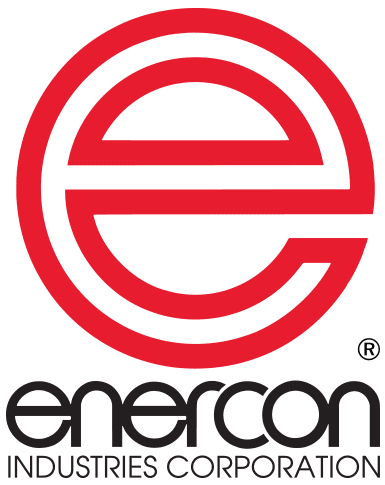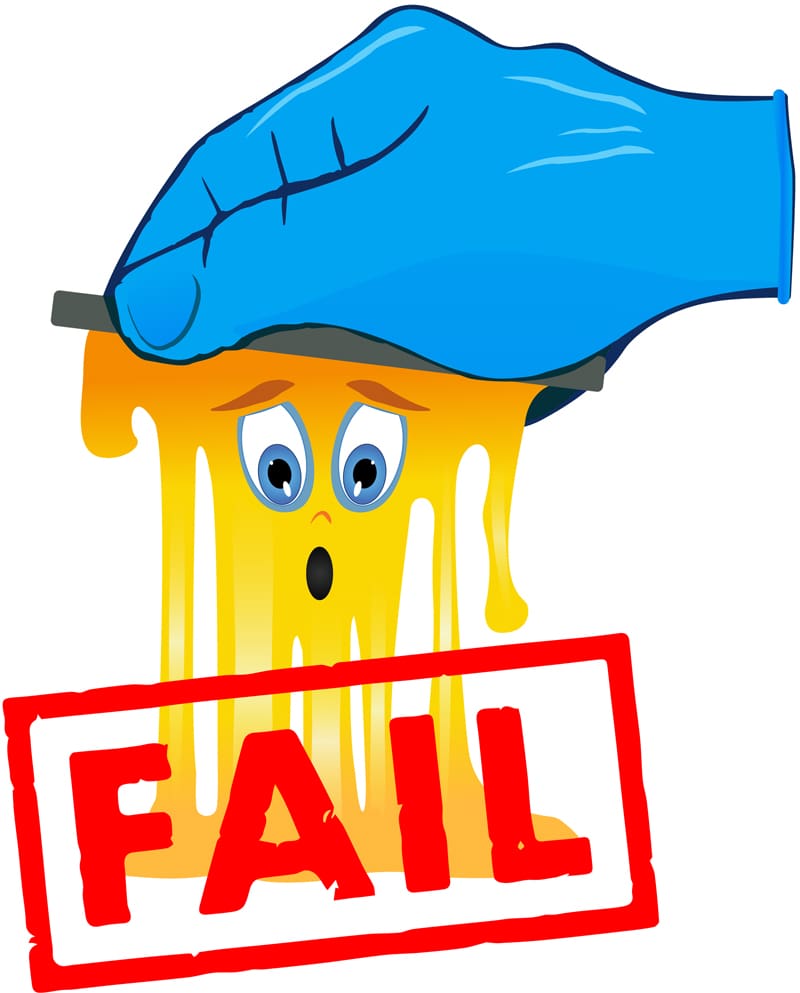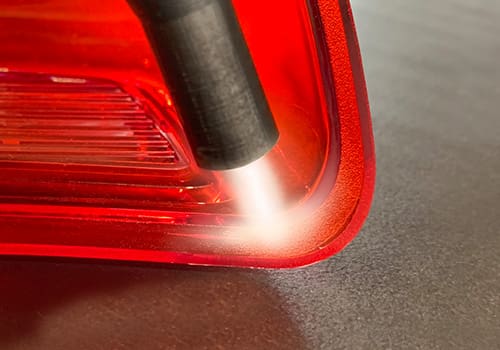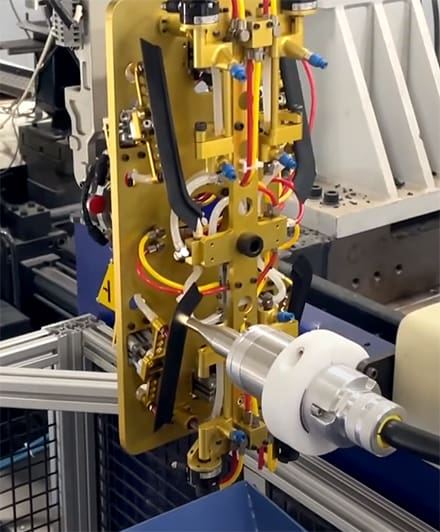Plasma & Flame Treating Improves Adhesive Bonding
Create Better Bonds
Plasma treating activates surfaces to enable better adhesive bonds with plastics, composites, glass and metals. These in-line pretreatment technologies are green processes that improve bond strength and product quality, increase manufacturing efficiencies, and eliminate hazardous primers and manual surface preparation methods.
Enercon offers corona, plasma & flame treaters to clean, micro etch and functionalize surfaces prior to bonding with epoxies, polyurethanes, & polyimides. These technologies effectively remove surface contamination and create bonding sites to improve adhesive performance for both structural and non-structural applications.
Surface treaters are used with a wide variety of glues & adhesives including pressure sensitive, spray adhesives, cold glue, thermosetting hot-melt, and curable adhesive formulations.
Plasma and flame treating are effective on nonporous surfaces such as PE, PP, PET, nylon, PS, PC, PVC, ABS, PEEK and others.
Enercon surface treaters are integrated in numerous industrial manufacturing, assembly and decorating adhesive operations. Common adhesion promoting applications are found in: automotive, window and doors, furniture, folding cartons, electrical potting, medical, household appliances and more.
FROM OUR LIBRARY Insights on Adhesives in Manufacturing
WIDELY USED Plasma & Flame Treating
-
Automotive Assembly
-
Automotive Decorating
-
Aerospace
-
Consumer Goods
-
Electronics & Potting
-
Furniture
-
Medical Devices
-
Packaging
-
Window & Door Manufacturing
-
ABS
-
Composites
-
Glass
-
Nylon
-
PET
-
Polycarbonate
-
Polyethylene
-
Polypropylene
-
Polystyrene
-
PEEK









